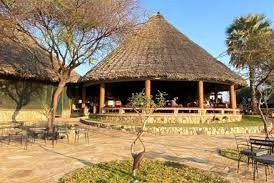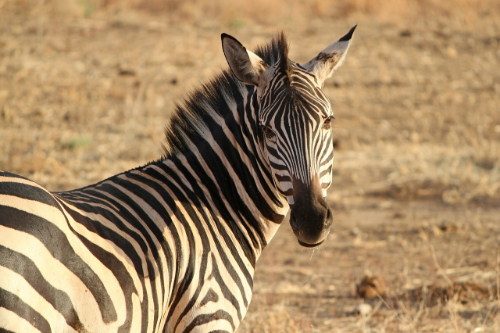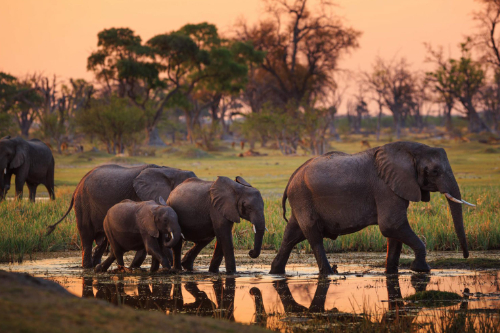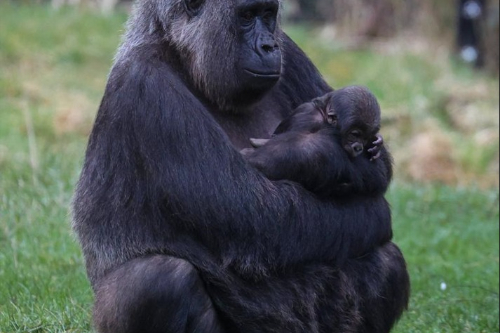
In the Footsteps of the Hadzabe: A Journey to Lake Eyasi, Tanzania
Tanzania, often dubbed the "Safari Capital of Africa," is a land of breathtaking landscapes, diverse wildlife, and rich cultural heritage. But beyond the popular Serengeti and Ngorongoro Crater lies a hidden gem, a place where time seems to stand still and ancient traditions thrive - Lake Eyasi. This vast saltwater lake, nestled in the shadow of the Great Rift Valley, is home to a unique community - the Hadzabe people.
The Hadzabe are the last true hunter-gatherers in East Africa, their way of life virtually unchanged for millennia. With an estimated population of around 1,000, they live in small, nomadic bands, subsisting on wild fruits, honey, and the meat they hunt with bows and arrows. Their intimate connection to the land, their deep understanding of the ecosystem, and their vibrant cultural practices make them a source of endless fascination for anthropologists and travelers alike.
A Day in the Life of a Hadzabe
To truly appreciate the Hadzabe way of life, one must spend a day in their company. Early in the morning, as the sun paints the sky in hues of orange and pink, the band wakes up. Men grab their bows and arrows, ready for the hunt, while women gather fruits and nuts, their babies strapped to their backs in colorful slings. The day unfolds in a rhythm dictated by the needs of survival and the whispers of the land.
The hunt is an essential part of Hadzabe life. Armed with their traditional bows and arrows, crafted from local wood and sinew, men stalk antelopes, zebras, and even the occasional giraffe. Success is not guaranteed, but when they return with meat, there is a sense of shared joy and celebration. Women, meanwhile, forage for baobab fruits, termite mounds for protein-rich snacks, and honey from wild beehives hidden in the trees. Their knowledge of edible plants and their resourcefulness are crucial to the band's survival.
As the sun climbs higher in the sky, the band gathers under the shade of a giant baobab tree, the ancient patriarch of the savanna. This is a time for sharing stories, singing traditional songs, and mending clothes and tools. Laughter mingles with the chirping of birds and the rustling of leaves, creating a symphony of life in the heart of the wilderness.
In the afternoon, the pace slows down. Children play games, chasing each other through the tall grasses, while elders weave mats and baskets, their nimble fingers passing down ancient skills from generation to generation. As dusk approaches, the band gathers around a crackling fire, the flames casting flickering shadows on their faces. Stories are told of hunting triumphs, ancestral spirits, and the secrets of the bush. It is a time for connection, for community, and for appreciating the simple beauty of life under the star-studded African sky.
Challenges and Conservation
The Hadzabe way of life is not without its challenges. Their traditional lands are increasingly encroached upon by farming communities and cattle ranchers, leading to conflicts over land use and resource competition. Climate change is another threat, with unpredictable rainfall patterns affecting the availability of food and water.
However, there is hope. Conservation efforts are underway to protect the Hadzabe way of life and their ancestral lands. The Tanzanian government has established protected areas around Lake Eyasi, and several NGOs are working with the Hadzabe communities to develop sustainable income-generating activities that do not compromise their traditional lifestyle.
Experiencing the Hadzabe Culture
For travelers seeking an authentic African experience, a visit to Lake Eyasi is an unforgettable journey. Several tour operators offer cultural tours that allow visitors to spend time with the Hadzabe people, learn about their traditions, and gain a deeper understanding of their unique way of life. These tours are carefully managed to ensure that they benefit the Hadzabe communities and do not disrupt their cultural practices.
The Hadzabe people of Lake Eyasi are a testament to the enduring power of human resilience and the beauty of living in harmony with nature. Their story is a reminder that true wealth lies not in material possessions but in the richness of our connections to each other and to the natural world. By visiting Lake Eyasi and supporting conservation efforts, we can help ensure that the Hadzabe people and their traditions continue to thrive for generations to come.
AFILLIATES, ASSOCIATIONS & PARTNERSHIPS








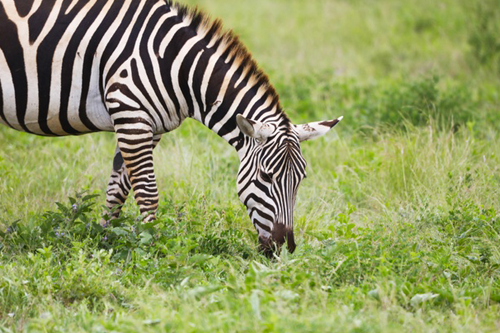













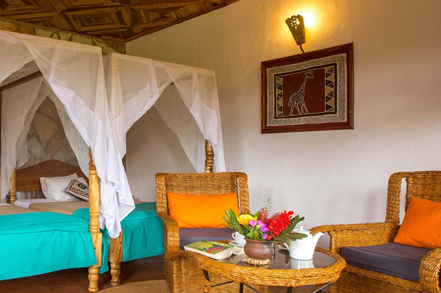




.jpeg)

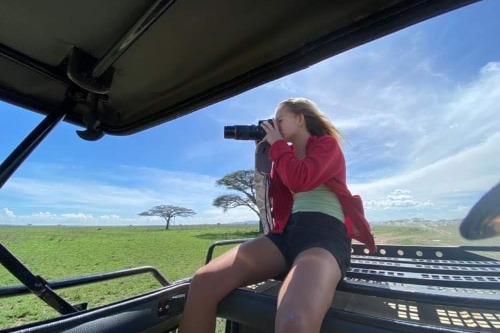
.jpeg)



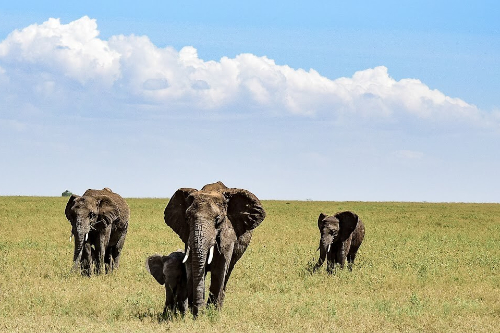

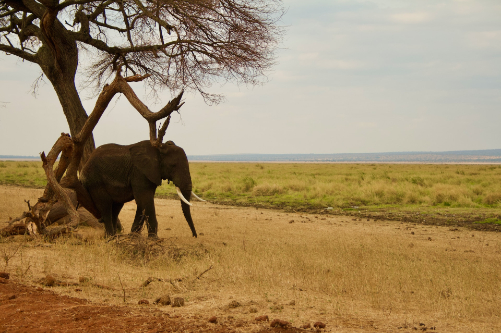






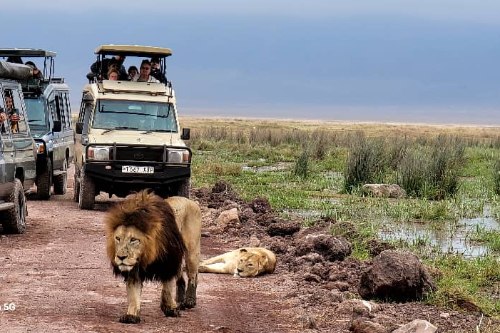
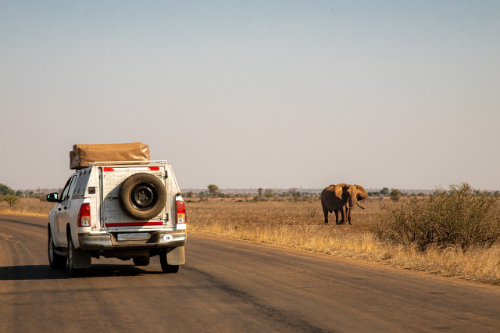
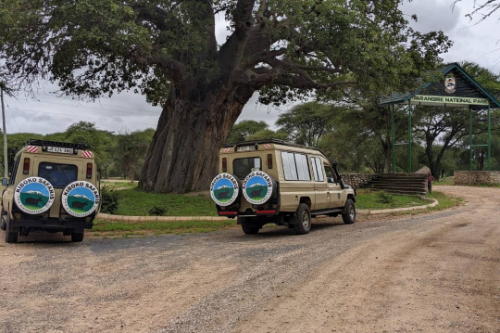
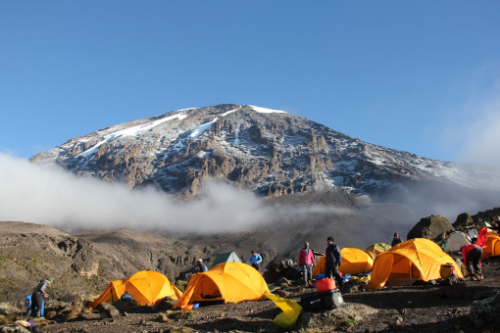




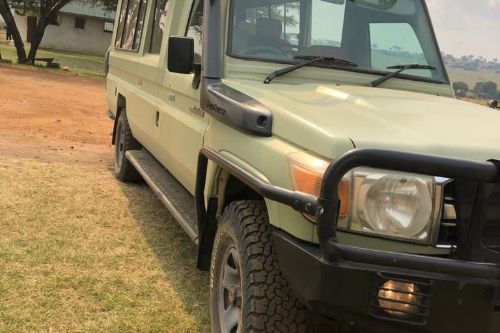
.png)
.jpeg)
